How to let the impressionists help you make vibrant paintings.
So many of you showed interest in my Color series ebook. Don’t worry, I am working on it, and will keep you updated.
Today we will continue our color series—the revolutionary Impressionists and how they changed the way we look at art.
1: How traditional artists use colors
2: The rise of The Impressionism
4: How to use Impressionist Techniques for Vibrant Paintings
1: How traditional artists use colors
Traditional artists since the Renaissance have primarily utilized local color in their paintings.
Local color refers to the true color of an object as it appears under neutral white light.
For example, in these two beautiful portraits made by 16 century Germain painter Hans Holbein the Younger, you can see even the background is vibrant blue, the artists didn’t paint any reflected blue light on the person’s skin. And the shadows are combinations of blacks and browns.
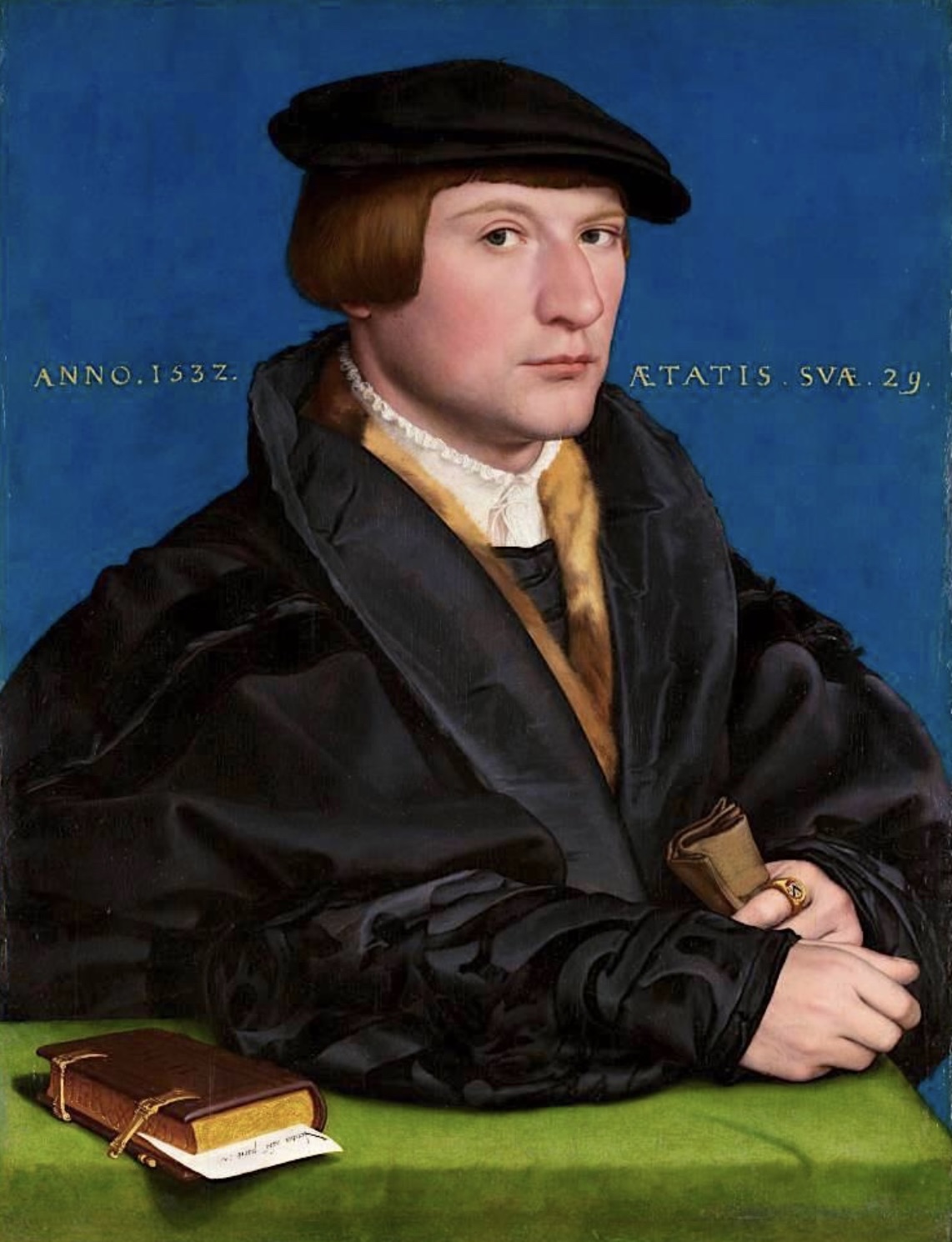
Hans Holbein the Younger (1497-1543) – Portrait d’Hermann von Wedigh III
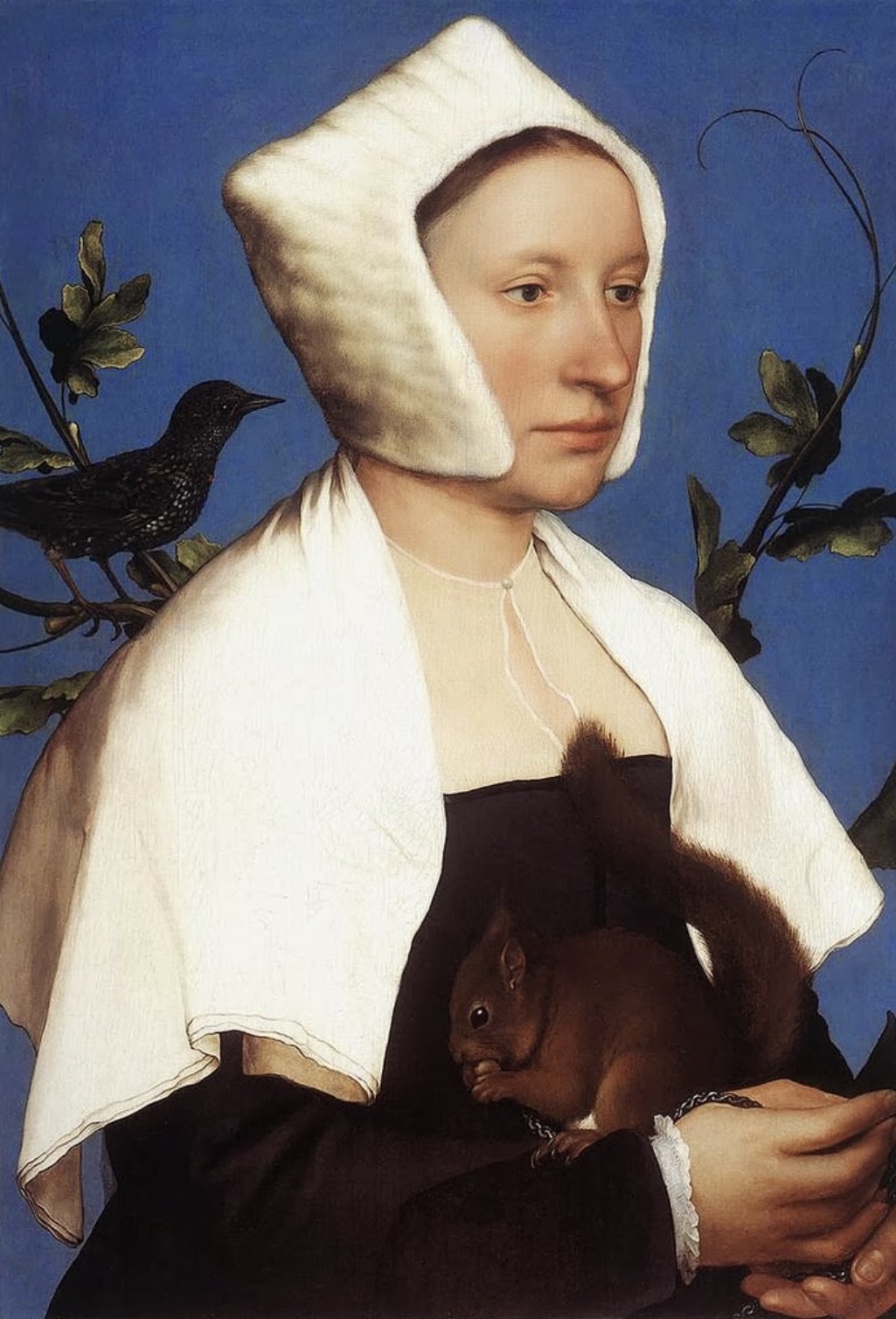
Portrait of a Lady with a Squirrel and a Starling
2. The rise of Impressionism
As the wheel of time turned to the 19th century, it brought the rise of the Impressionists to prominence.
They propelled color to the forefront in the art world, revolutionizing the traditional artist’s approach to color.
Few art movements have had as profound and lasting an impact as Impressionism.
This movement was not just a stylistic departure but a radical rethinking of how art interacts with the natural world.
At the heart of Impressionism is a focus on capturing the ephemeral moments of light and color, offering a fresh perspective that continues to inspire artists today.
Instead of seeing color as merely the object’s local tone, the Impressionists painted the colors as they perceived them with their eyes, understanding that light can dramatically alter colors. Under varying lighting conditions, skin tone is not just the pasty pinkish-yellow; it can appear blue, red, green, shadows are not just made of blacks and grey, but a mixture of colors like blues, purples, greens, etc
3. Examples:
Some of my favorite Impressionists are Claude Monet,Edgar Degas,Camille Pissarro, Berthe Morisot, and Mary Cassatt.
Let’s take Degas’s famous ballerina paintings as an example: Notice that in each of these paintings, the ballerina’s skin tone takes on the color of the environment. This means that the skin tone includes many patches of greens, blues, and reds—colors that would never appear in traditional skin tones.
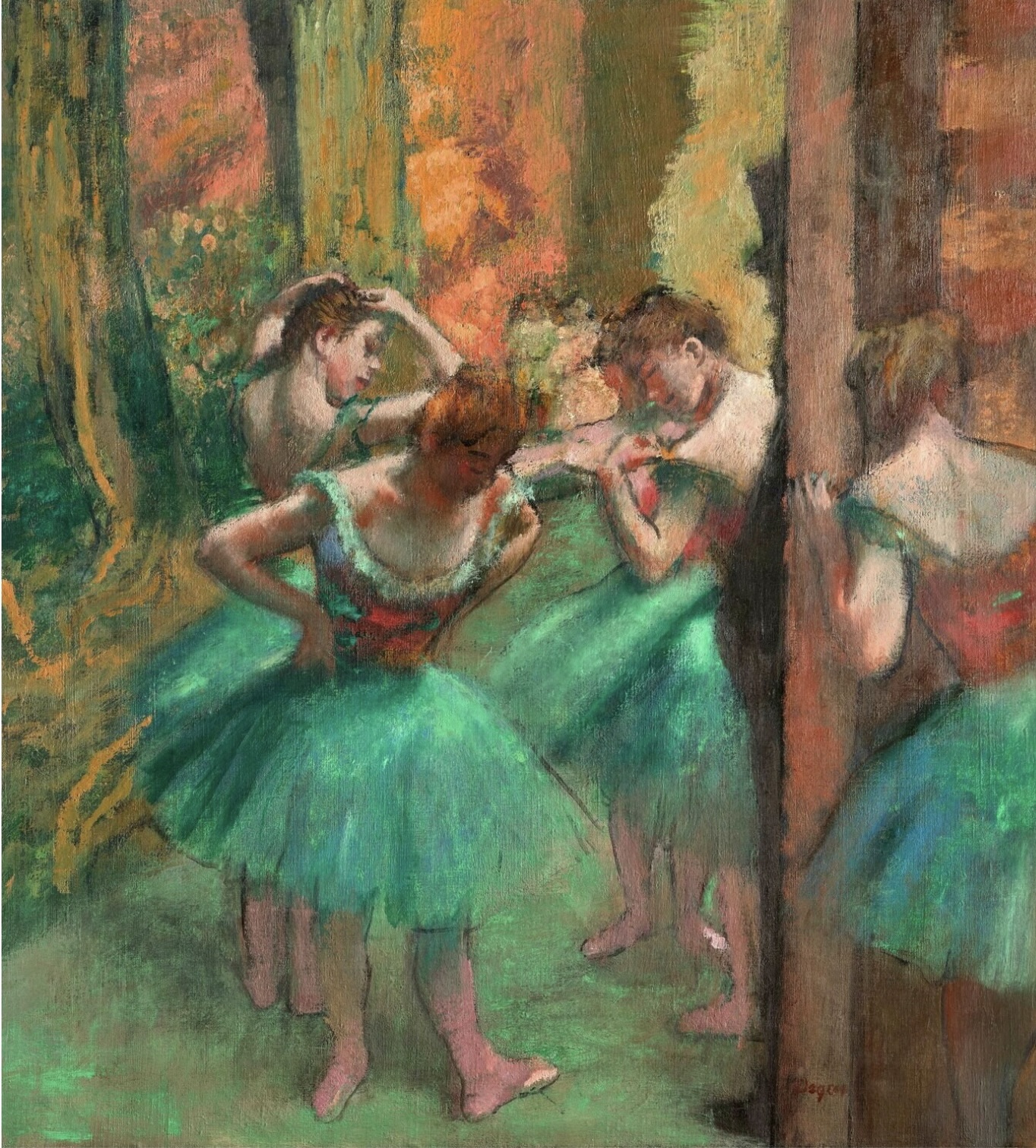
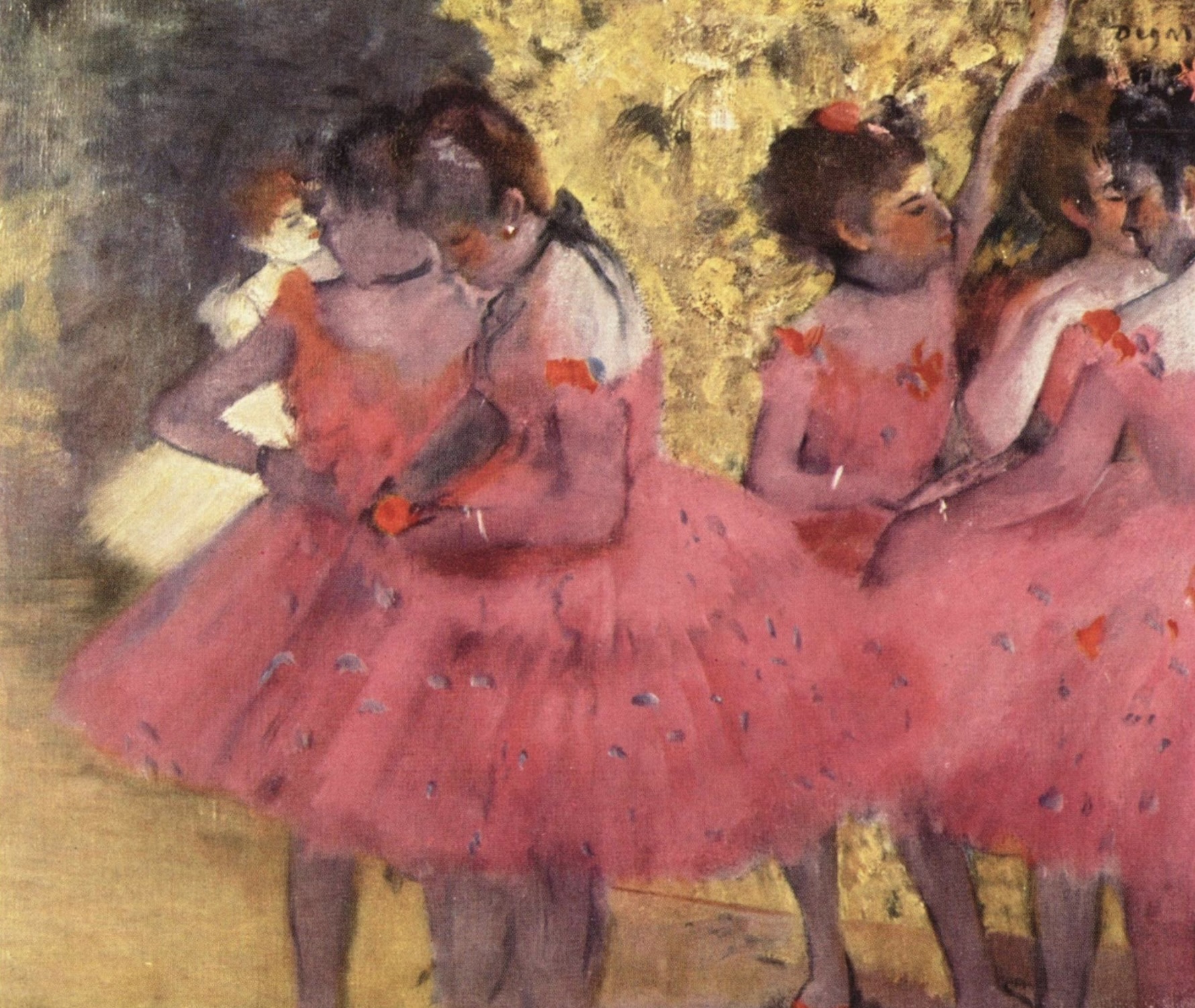
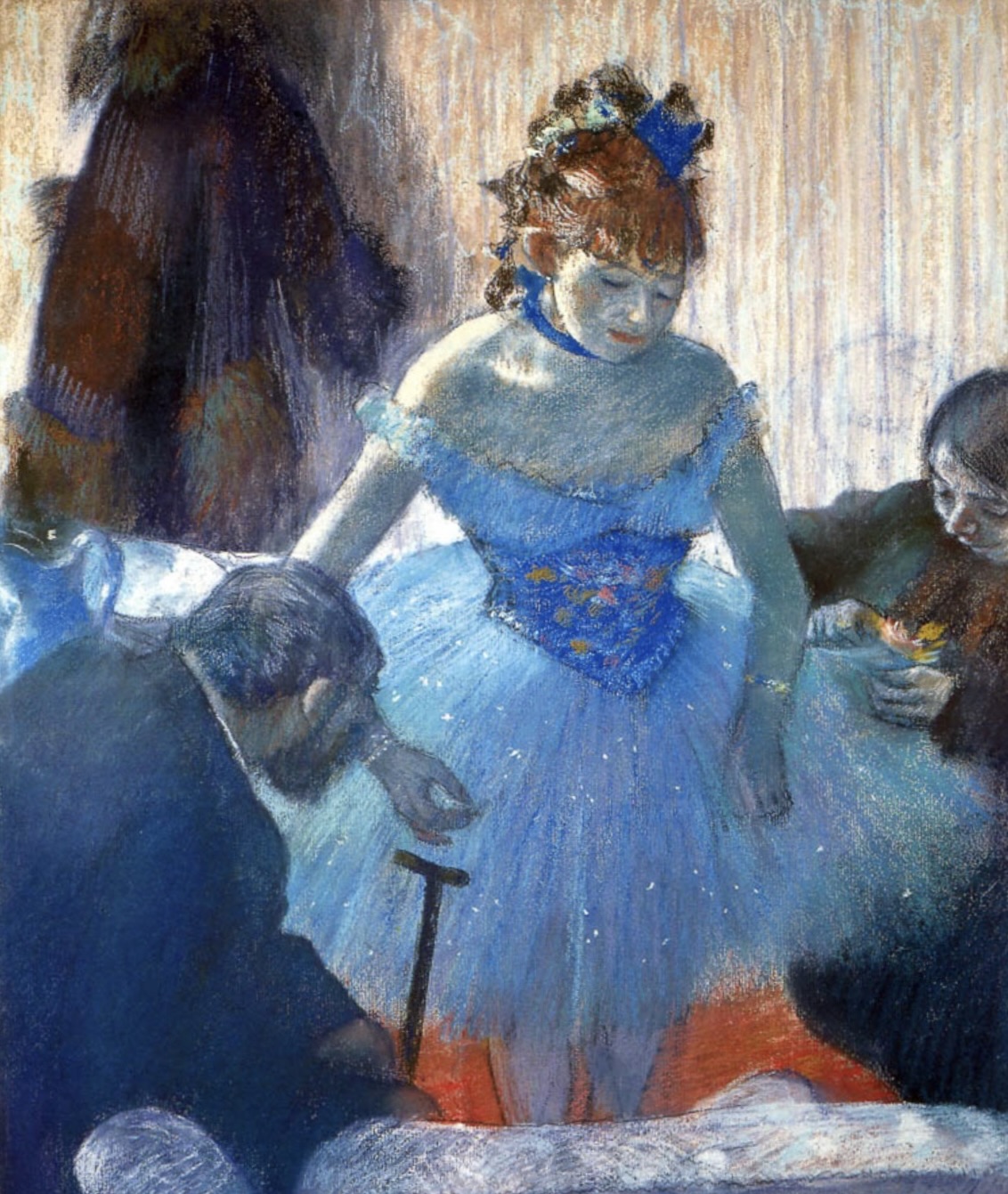
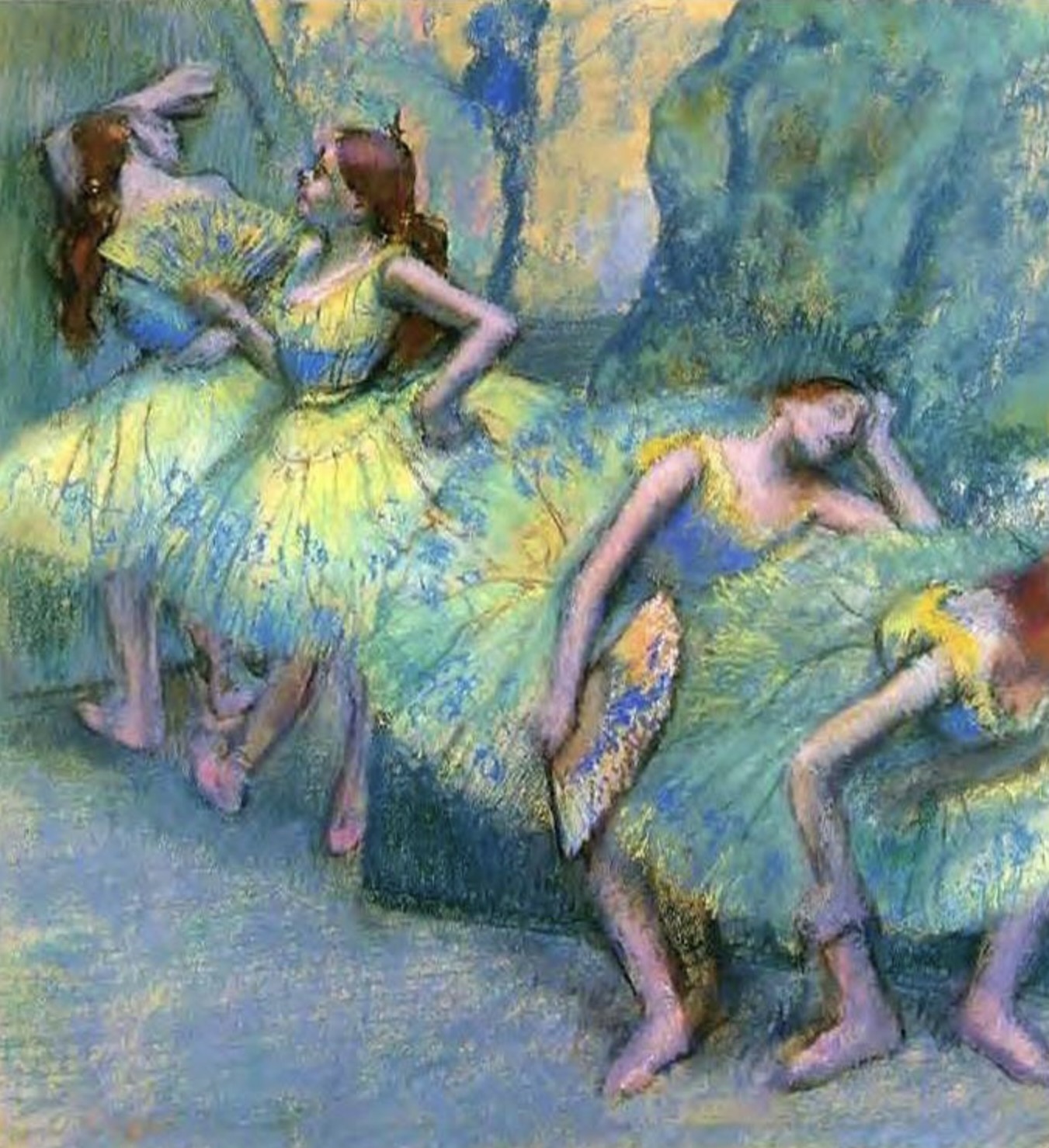
4: How to use Impressionist Techniques for Vibrant Paintings
To infuse your paintings with the vibrancy and light of Impressionism, consider adopting some of their revolutionary techniques:
1. Observe Light and Its Effects: Pay close attention to how light transforms colors and shapes in the natural world. This will help you understand how to replicate the dynamism of light in your work.
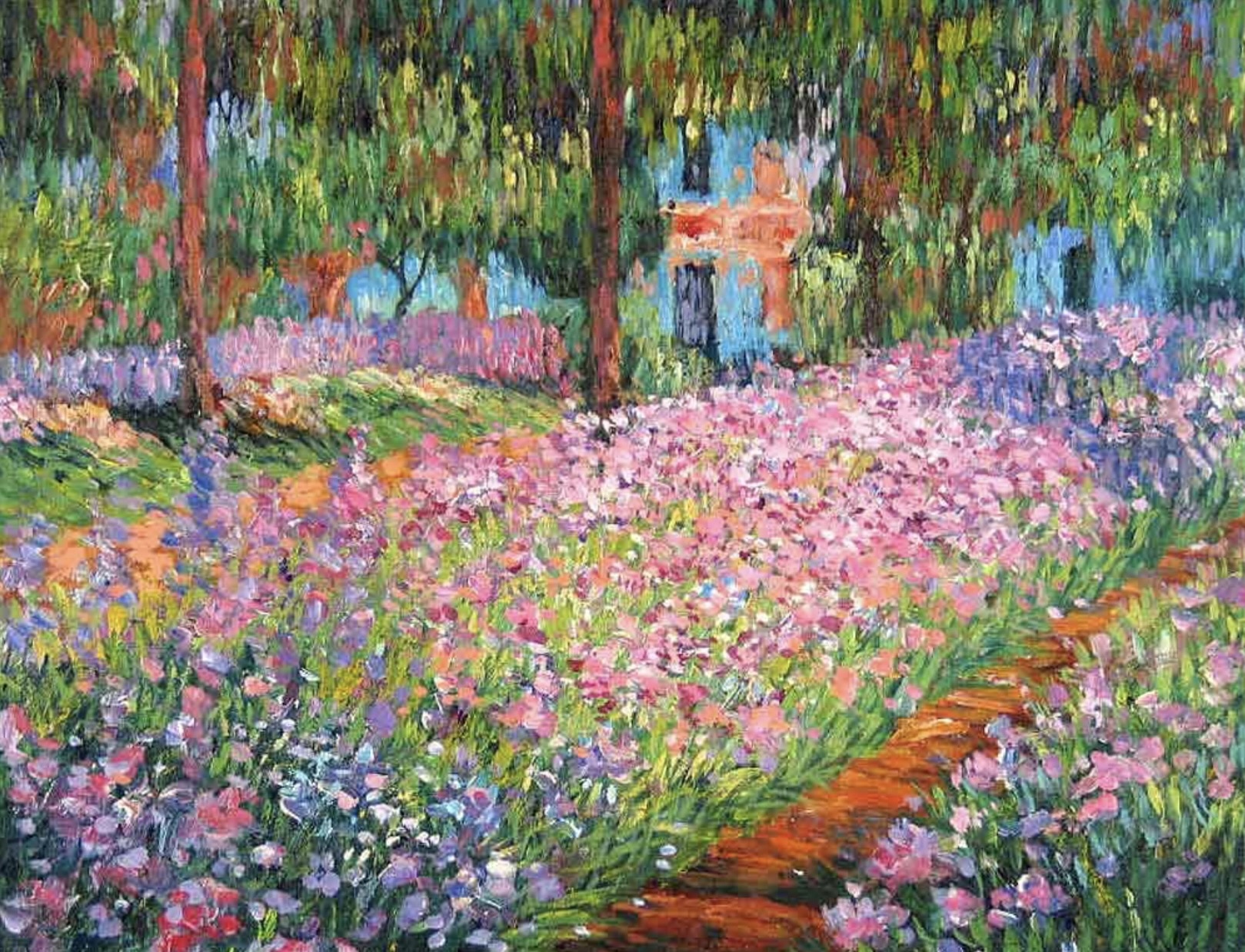
2. Experiment with Color Temperature: Use warm and cool colors to create contrast and depth. Placing them next to each other can make your paintings pop with life.
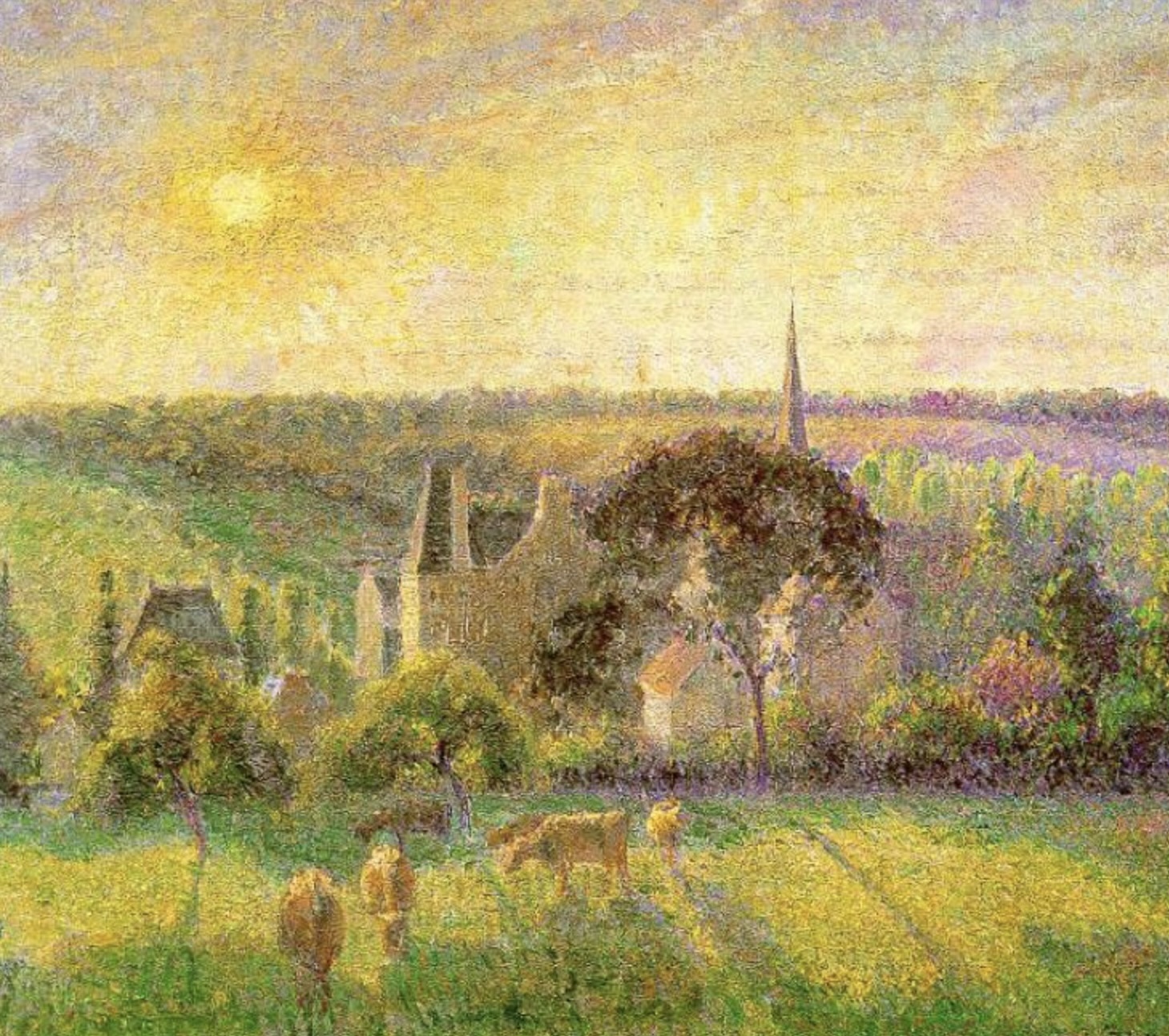
Camille Pissarro, The church and farm at erany
3. Break Down Objects into Color Patches: Rather than focusing on detailed outlines, try to see your subjects as a collection of color patches. This can help capture the fleeting impressions that the Impressionists so cherished.
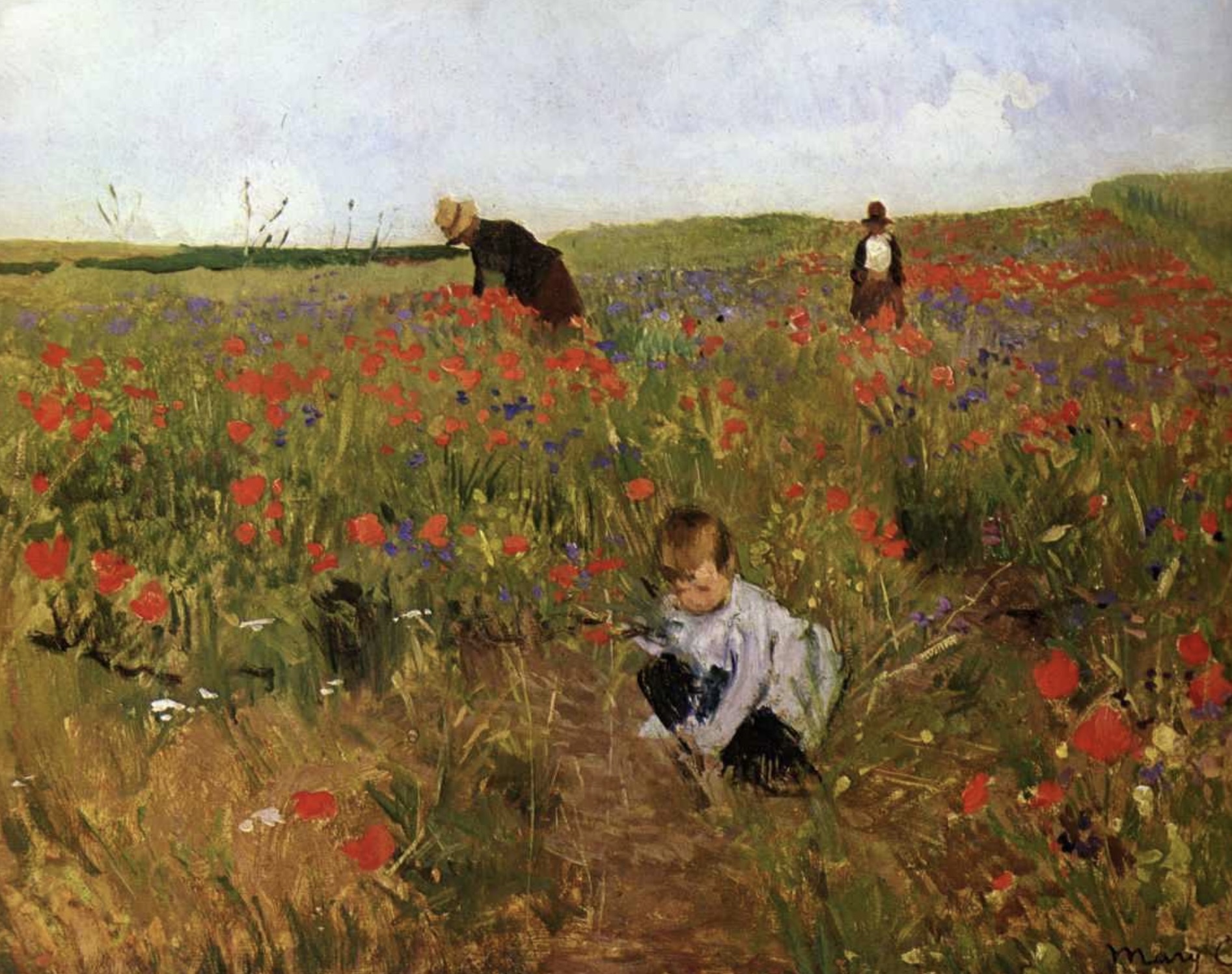
Mary Cassatt, Mother and child
4. Use Complementary Colors for Shadows: Instead of traditional greys or blacks, experiment with complementary colors for shadows to add vibrancy to your paintings.
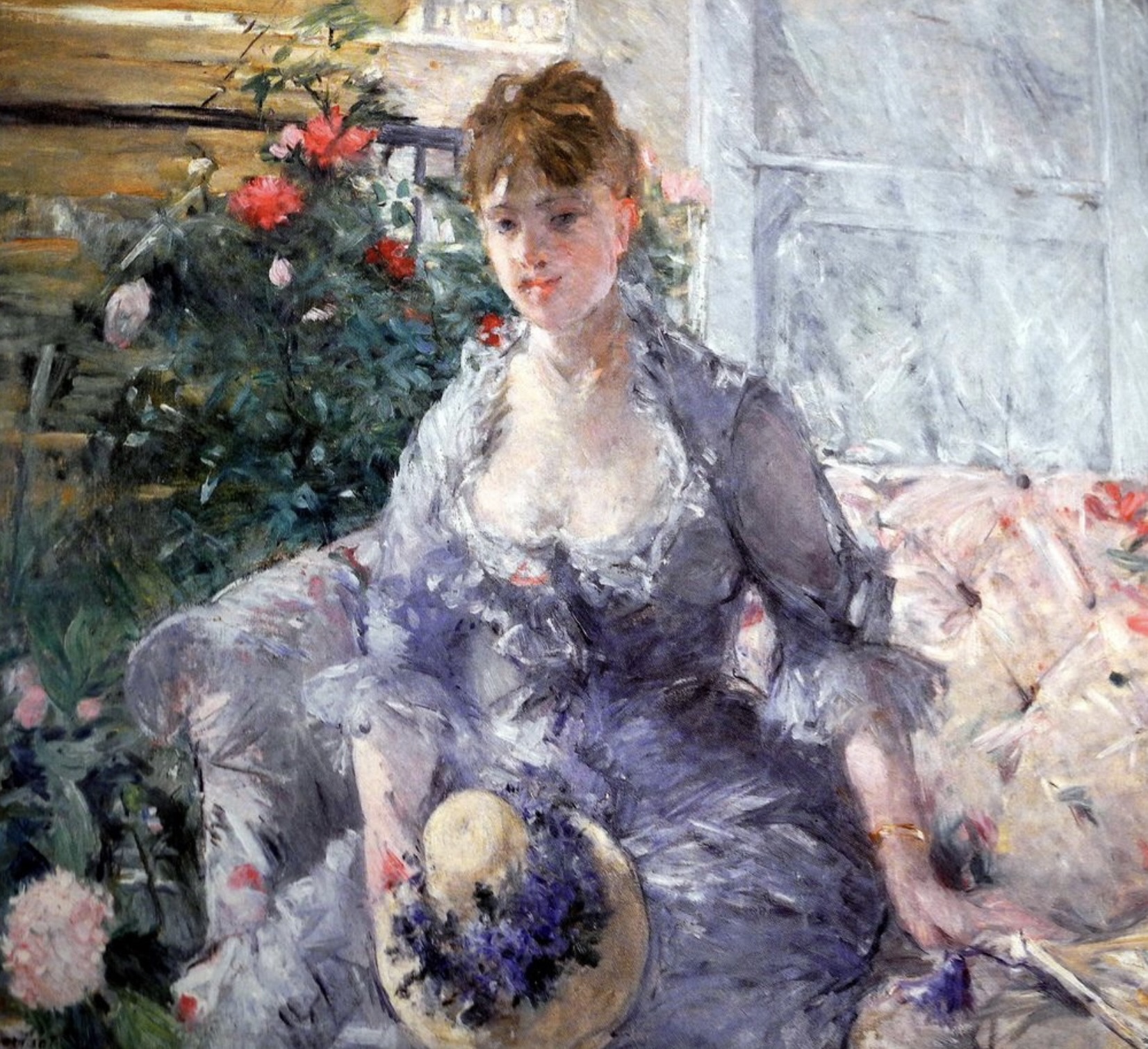
Berthe Morisot, Young woman seated on a sofa
5. Embrace Plein Air Painting: Like many Impressionists, painting outdoors can provide you with a direct experience of light and color, enriching your work with authenticity and immediacy.
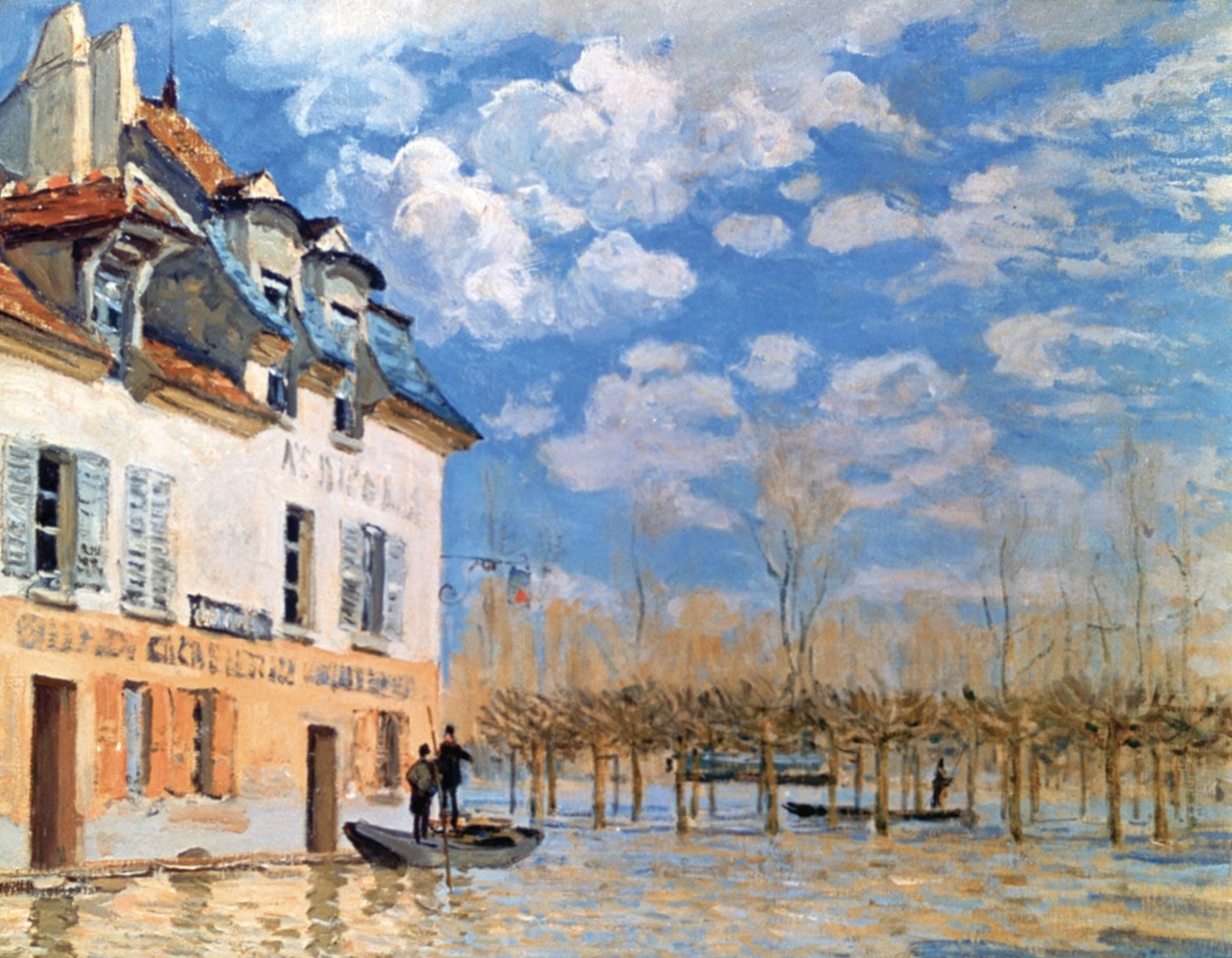
The Impressionists revolutionized the art world with their innovative use of color and light, offering a new way of seeing that transcends the boundaries of time.
To know more about this movement, click this link: https://www.metmuseum.org/toah/hd/imml/hd_imml.htm
By adopting their techniques and embracing their spirit of experimentation, you can bring a piece of that revolutionary vibrancy into your own paintings.
I am planning on using many of these tips I shared with you in my future paintings.
Let me know what you think about this post, or share with an artist friend !

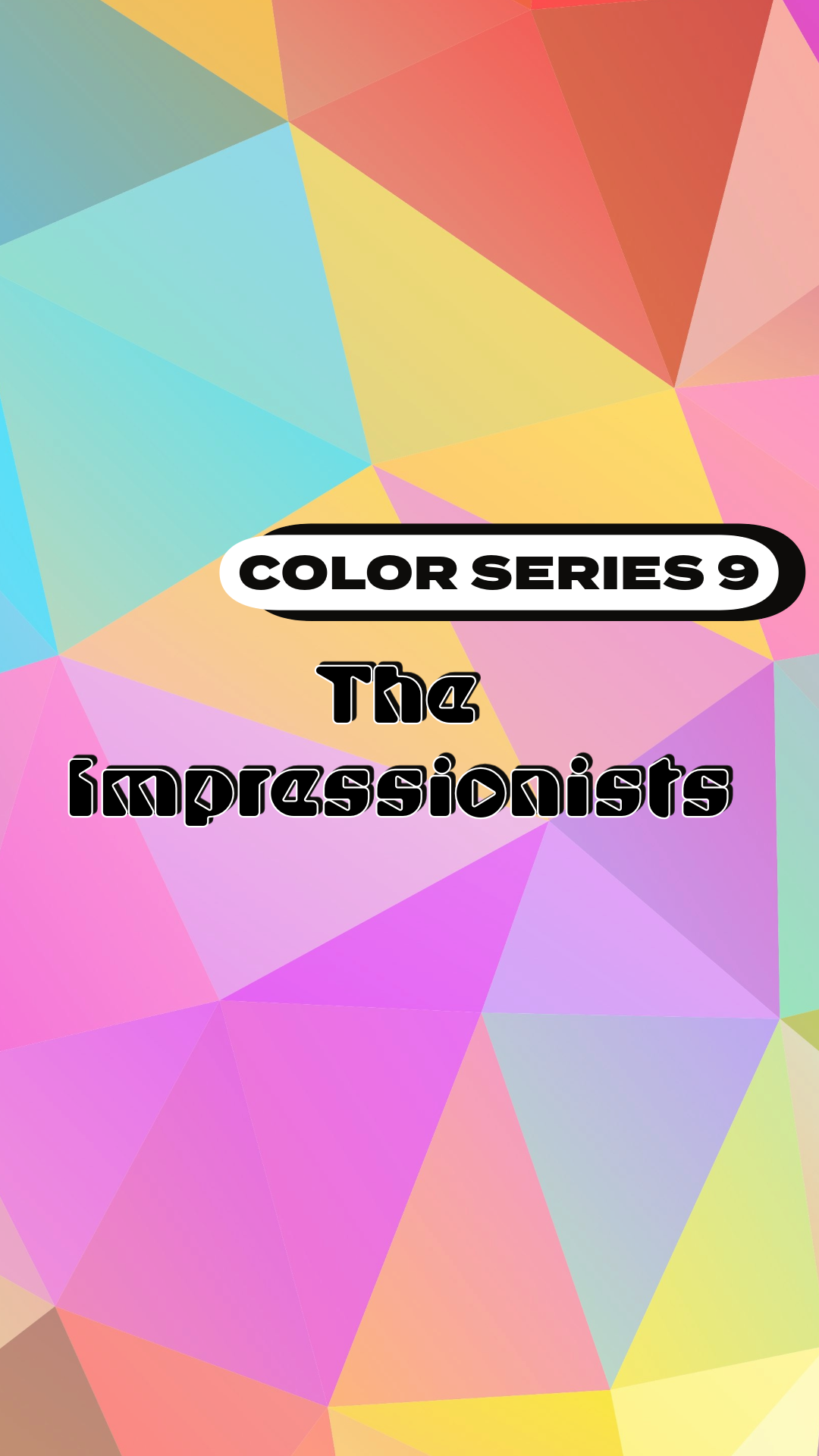

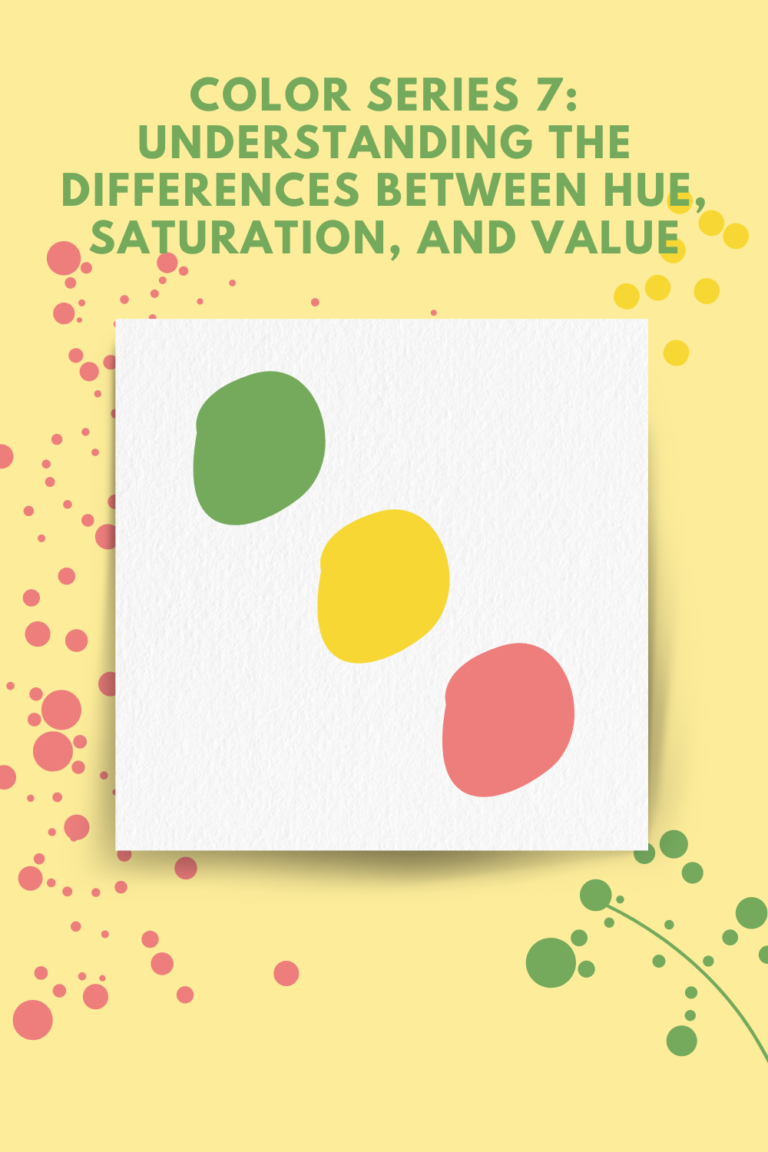
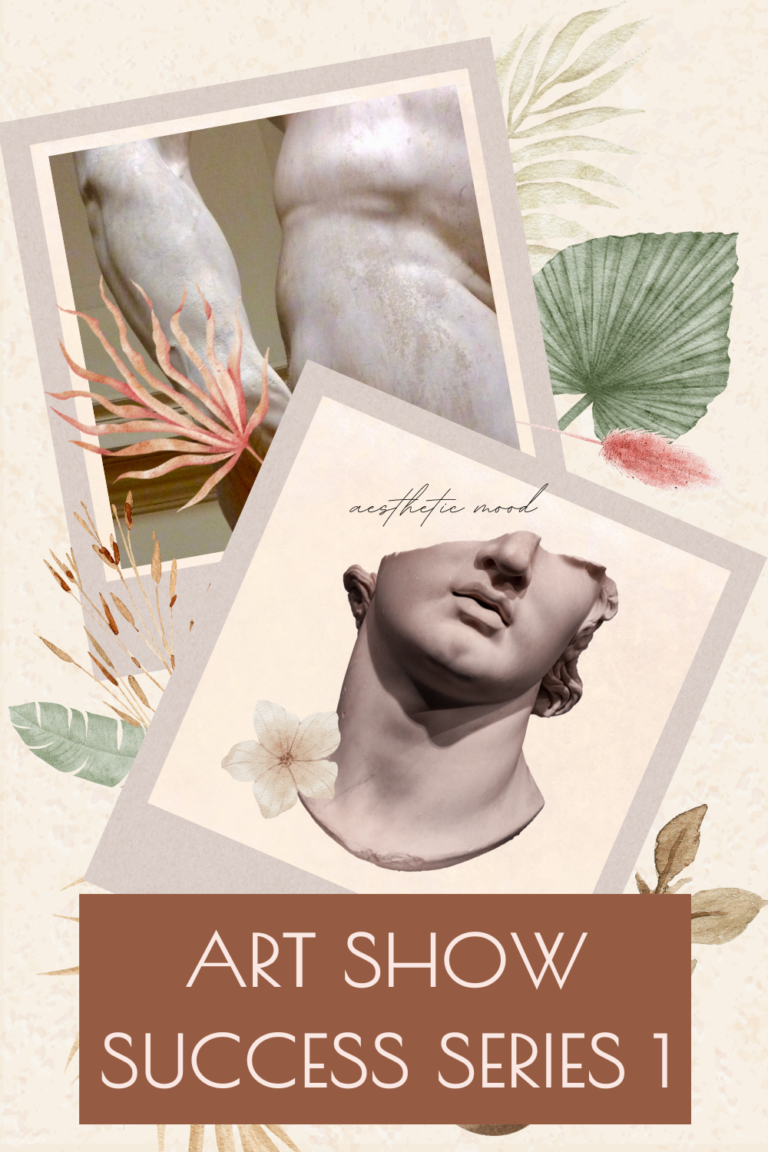
Pingback: Using Color Schemes in Art to Evoke Emotions - Ying McLane